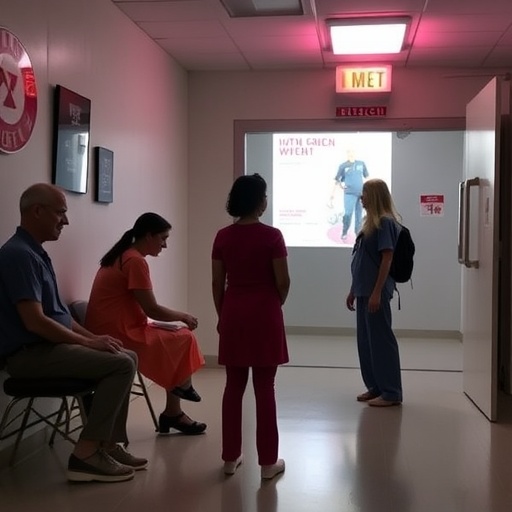
Credit: Cabimer
A research group from the University of Seville has revealed the role that the protein Rrm3 plays in the repair of breaks that occur during the replication of DNA, by using the yeast Saccharomyces cerevisiae as a model organism. This protein belongs to the human protein family PIF1, the mutations of which are known to be associated with a higher risk of tumorigenesis. This opens the possibility that the risk of suffering cancer might be due to the inability of the cell to repair correctly breaks in DNA that happen during replication.
The findings of this research, carried out by Sandra Muñoz Galván, María Luisa García Rubio, Pedro Ortega, José Francisco Ruiz, Sonia Jimeno, Benjamín Pardo, Belén Gómez González and Andrés Aguilera, have been brought together in the article A new role for Rrm3 in repair of replication-born DNA breakage by sister chromatid recombination published by the review PLoS Genetics in its May 2017 edition.
The replication of DNA is one of the cellular processes during which DNA is most vulnerable. During this stage, the replication forks can meet obstacles that cause their blockage or even the appearance of breaks in the DNA. The breaks in DNA that occur during replication require a specific mechanism for their repair, the recombination mechanism. In this project, it was shown that Rrm3, a protein that travels beside the replication forks, has a role in this process of repair by recombination, so avoiding genetic instability.
Understanding the physiological mechanisms that cause or, as in this case, prevent genetic instability is a basic question in Molecular Biology and Biomedicine which is of vital importance in the research against cancer, given that genetic instability is a distinctive feature of tumorous cells. In fact, genetic instability appears to be associated with cancer from its first stages of development and can be involved both as a cause of cancer (tumorigenesis) and in the generation of genetic variation within a tumour itself (intratumoral heterogeneity).
###
Bibliographical reference: A new role for Rrm3 in repair of replication-born DNA breakage by sister chromatid recombination. Muñoz-Galván S, García-Rubio M, Ortega P, Ruiz JF, Jimeno S, Pardo B, Gómez-González B, Aguilera A. PLoS Genet. 2017 May 5;13(5):e1006781. doi: 10.1371/journal.pgen.1006781. [Epub ahead of print] PMID: 28475600
Media Contact
Belén Gómez
[email protected]
@unisevilla
http://www.us.es
Original Source
https://www.ncbi.nlm.nih.gov/pmc/articles/PMC5438189/
############
Story Source: Materials provided by Scienmag




